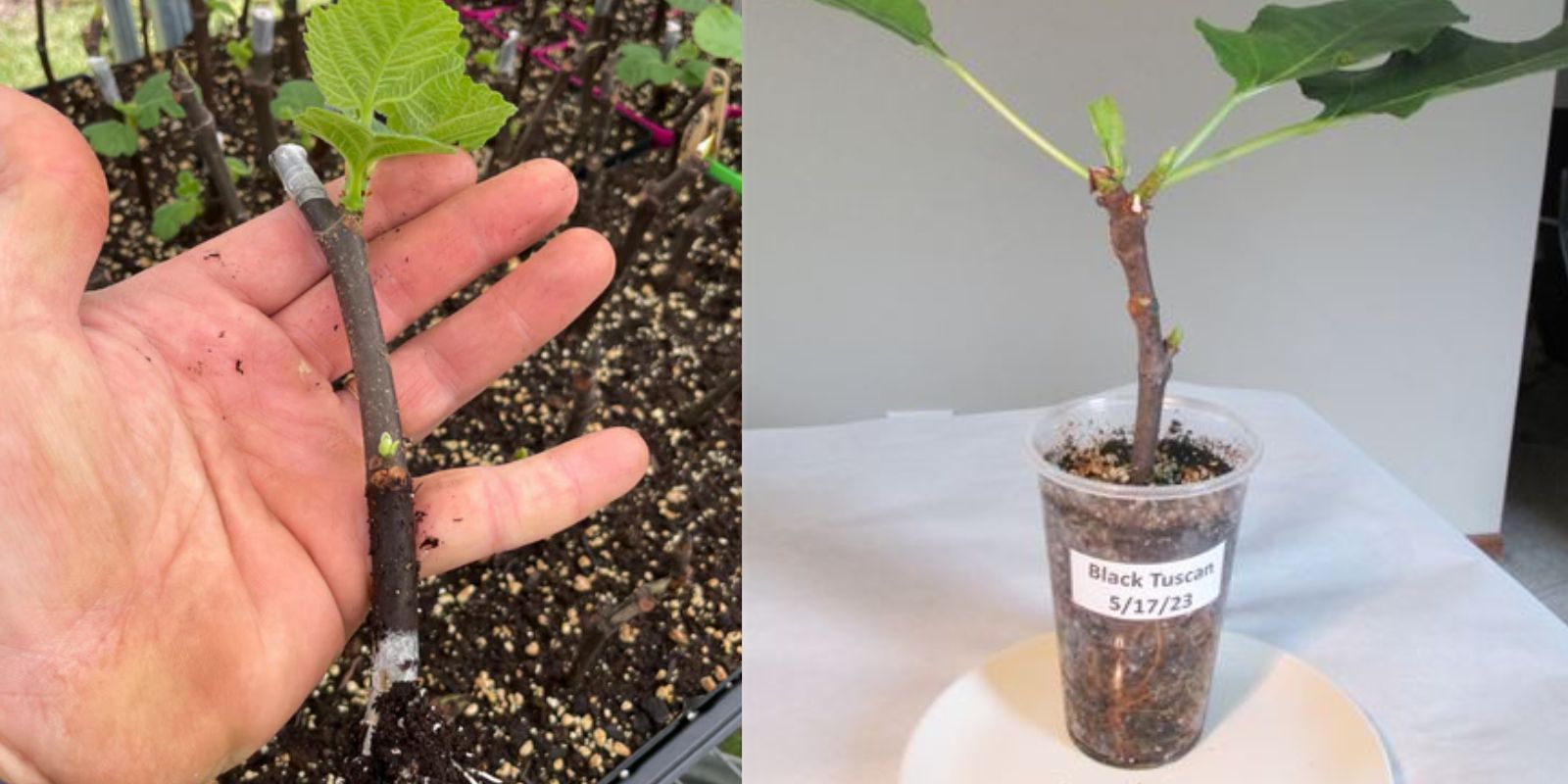Eggplants, also known as aubergines, are a gardener’s delight. Their glossy fruits and delicious taste make them a favorite for home gardeners and professional growers alike. Whether you’re an experienced gardener or a beginner, learning to grow eggplants from seed to harvest can be both rewarding and enjoyable. This guide will walk you through every step to help you achieve a thriving crop.
Why Grow Eggplants?
Eggplants are not only versatile in the kitchen but are also a rich source of nutrients. They’re packed with vitamins, minerals, and antioxidants, making them a healthy addition to your meals. Growing eggplants from seed allows you to choose from a variety of types, including heirloom and exotic varieties, that might not be available in local stores.
Step 1: Choose the Right Seeds
When starting your eggplant journey, select seeds based on your climate and preferences.
- Varieties: Common varieties include Black Beauty, Rosa Bianca, and Japanese long eggplants.
- Climate Consideration: Some varieties thrive better in warm climates, while others can tolerate cooler temperatures.
Step 2: Start Seeds Indoors
Eggplants require a long growing season, so starting seeds indoors 6-8 weeks before the last frost date is crucial.
- Prepare Seed Trays: Use seed trays or small pots filled with a well-draining seed-starting mix.
- Sow Seeds: Plant seeds about ¼ inch deep and cover them lightly with soil.
- Provide Warmth: Eggplants germinate best at 75-85°F (24-29°C). Use a heating mat if needed.
- Water and Cover: Keep the soil moist but not soggy and cover the trays with plastic wrap to retain humidity.
- Wait for Germination: Seeds typically germinate in 7-14 days.
Step 3: Care for the Seedlings
Once the seeds germinate, it’s time to care for your young plants.
- Provide Light: Place the trays under grow lights or near a sunny window for 12-16 hours a day.
- Thin Seedlings: If multiple seeds germinate in one pot, thin them out to the strongest seedling.
- Transplant to Larger Pots: Once the seedlings have two sets of true leaves, transplant them into 3-4 inch pots to give them more room to grow.
Step 4: Prepare for Transplanting
When the risk of frost has passed and the soil is consistently warm, it’s time to move your eggplants outdoors.
- Harden Off Plants: Gradually expose your seedlings to outdoor conditions over 7-10 days to prevent transplant shock.
- Choose the Right Spot: Eggplants need full sun and well-drained soil with a pH between 5.5 and 7.
- Amend the Soil: Enrich your garden soil with compost or well-rotted manure to provide essential nutrients.
Step 5: Transplanting into the Garden or Containers
Eggplants can thrive in both garden beds and large pots.
- Spacing: Space plants 18-24 inches apart to allow adequate airflow and room to grow.
- Plant Depth: Transplant at the same depth as the seedling pots.
- Mulch: Apply a layer of mulch around the plants to retain moisture and regulate soil temperature.
Step 6: Provide Proper Support
As eggplants grow, their fruits can weigh down the branches, causing them to bend or break.
- Use stakes or cages to provide support and keep the fruits off the ground.
- Tie the stems gently to the stakes with soft ties or garden twine.
Step 7: Watering and Fertilizing
Consistent watering and feeding are essential for healthy eggplants.
- Water Regularly: Water deeply once or twice a week, keeping the soil evenly moist but not waterlogged.
- Fertilize: Use a balanced fertilizer every 2-3 weeks during the growing season. For organic options, use compost tea or fish emulsion.
Step 8: Monitor for Pests and Diseases
Eggplants are prone to pests such as aphids, flea beetles, and spider mites.
- Inspect Regularly: Check leaves and stems for signs of pests or damage.
- Organic Solutions: Use neem oil, insecticidal soap, or introduce beneficial insects like ladybugs.
- Prevent Diseases: Avoid overwatering and ensure good air circulation to prevent fungal issues like powdery mildew.
Step 9: Harvesting Your Eggplants
The moment you’ve been waiting for! Knowing when and how to harvest is key to enjoying the best flavor.
- Timing: Eggplants are ready for harvest when their skin is shiny and firm. If the skin becomes dull, they may be overripe.
- Size Matters: The size will vary by variety, but most eggplants are ready when they reach 6-8 inches long.
- Harvest Carefully: Use a sharp knife or garden shears to cut the fruit, leaving a small portion of the stem attached.
Step 10: Enjoy Your Harvest
Freshly harvested eggplants are perfect for grilling, roasting, or adding to your favorite dishes. Store them in a cool, dry place and enjoy within a few days for the best taste.
Bonus Tips for Success
- Extend the Season: If you live in a cooler climate, consider growing eggplants in a greenhouse or using row covers to extend the growing season.
- Companion Planting: Grow eggplants alongside tomatoes, peppers, and herbs like basil to improve growth and deter pests.
- Rotate Crops: Avoid planting eggplants in the same spot as tomatoes or potatoes from the previous year to prevent soil-borne diseases.
Conclusion
Growing eggplants from seed to harvest is a fulfilling experience that brings beauty and flavor to your garden. With the right care and attention, you can enjoy a bountiful harvest of these versatile vegetables. So why wait? Start your eggplant journey today and share your progress with fellow gardeners!
#GrowEggplants #SeedToHarvest #HomeGardeningTips #OrganicVegetables #GardenLife

